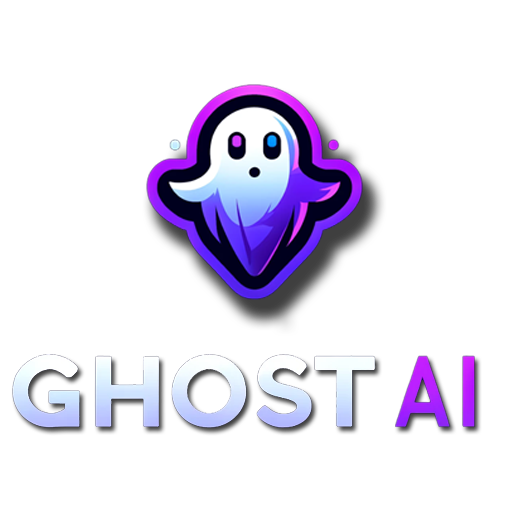Media: https://media2.giphy.com/media/v1.Y2lkPTcyYTQ4YTRmZHJmenc0Nmt3NHJxeWF4ZmFjanB2ZGoxcnZybGlwNjIzZjlzbTVjMiZlcD12MV9naWZzX3NlYXJjaCZjdD1n/Ae7SI3LoPYj8Q/giphy.gifTitle: The Evolution of Pricing in Attractions: From Static to Dynamic
The world of attractions has undergone a significant transformation over the years, with one of the most notable changes being the shift from static pricing models to dynamic ones. This evolution is not only driven by the need for businesses to adapt to changing market conditions but also reflects the growing influence of technology and data analytics in shaping consumer experiences.
In recent times, museums, science centers, and other attractions have been embracing airline-style dynamic pricing as they grapple with attendance shortfalls. This means that the cost of visiting these establishments is no longer fixed but varies depending on factors such as demand, time of visit, and even weather conditions.
This shift towards dynamic pricing was initially pioneered by airlines, ride-hailing apps, and theme parks. These businesses recognized the potential benefits of adjusting their prices based on real-time data, allowing them to lower fees when demand is low while still maintaining profitability during peak periods. This approach has now been adopted by many attractions operators who are looking for ways to increase attendance without compromising their financial stability.
According to a survey conducted by Arival, a tourism market research and events firm, less than 1% of attractions used variable or dynamic pricing before the pandemic. However, post-pandemic, this figure has risen significantly with 17% now using variable pricing and 6% employing dynamic pricing models.
The implications of these changes are far-reaching. For one, it puts more control in the hands of consumers who can now choose when and how much they want to spend on their visits based on factors such as affordability and convenience. Additionally, businesses benefit from increased revenue during peak periods while still being able to attract customers during off-peak times by offering discounted rates.
From a historical perspective, this shift towards dynamic pricing reflects the broader trend of personalization in consumer experiences. By leveraging data analytics and machine learning algorithms, businesses can now tailor their offerings to meet individual customer needs, leading to improved satisfaction levels and loyalty.
In conclusion, the evolution from static to dynamic pricing models represents a significant milestone in the world of attractions. It signifies an era where businesses are increasingly relying on data-driven strategies to optimize their operations while providing personalized experiences for consumers. As we move forward into this new age of pricing, it will be interesting to see how other industries adopt similar approaches and what impact they have on consumer behavior and expectations.
Source: [Original Article](https://www.nbcnews.com/business/economy/museums-zoos-aquariums-are-embracing-dynamic-pricing-rcna210877) #welcome
Check out my AI projects on Hugging Face, join our community on Discord, and explore my services at GhostAI!
